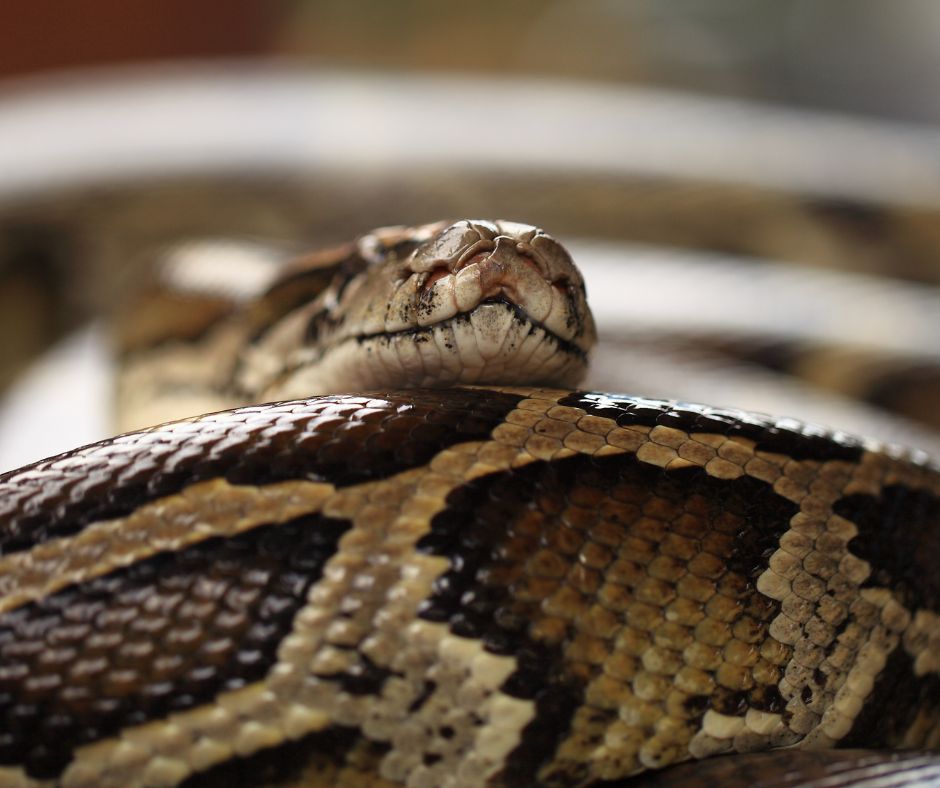
Why Do Zoo's Use Feeder Quail?
Zoos may use feeder quail as a food source for certain animals. Feeder quail, also known as laboratory quail or frozen quail, are typically bred specifically for this purpose. There are a few reasons why zoos choose to use feeder quail:
- Nutritional requirements: Some carnivorous or omnivorous animals in zoos have specific dietary needs, including various prey items. Feeder quail provides protein and other essential nutrients that help meet these requirements. They can be a part of a balanced diet for animals such as birds of prey, reptiles, and certain mammals.
- Enrichment and natural feeding behaviors: Feeder quail can serve as an enrichment for animals in captivity. Hunting and capturing prey are natural behaviors for many predatory species, and providing live or frozen quail allows them to engage in these instinctive behaviors. It helps stimulate their minds and promotes physical activity.
- Safety and disease prevention: Feeder quail are typically bred in controlled environments, ensuring their health and minimizing the risk of introducing diseases or parasites to the animals in the zoo. This helps maintain a safe and controlled animal food source, reducing the chances of transmitting harmful pathogens.
- Convenience and efficiency: Feeder quail are easy to handle, store, and distribute. They come in frozen or pre-killed forms, allowing zookeepers to safely and efficiently feed the animals. It simplifies the feeding process and reduces the time and effort required to procure and prepare different prey items.
It's worth noting that using feeder quail and other live prey items in zoos can be a topic of ethical debate. Some argue that it may be more appropriate to provide alternative forms of enrichment or feed animals a diet that closely matches what they would consume in the wild. Zoos have been working to strike a balance between meeting the nutritional needs of their animals and addressing concerns about animal welfare and naturalistic environments.



